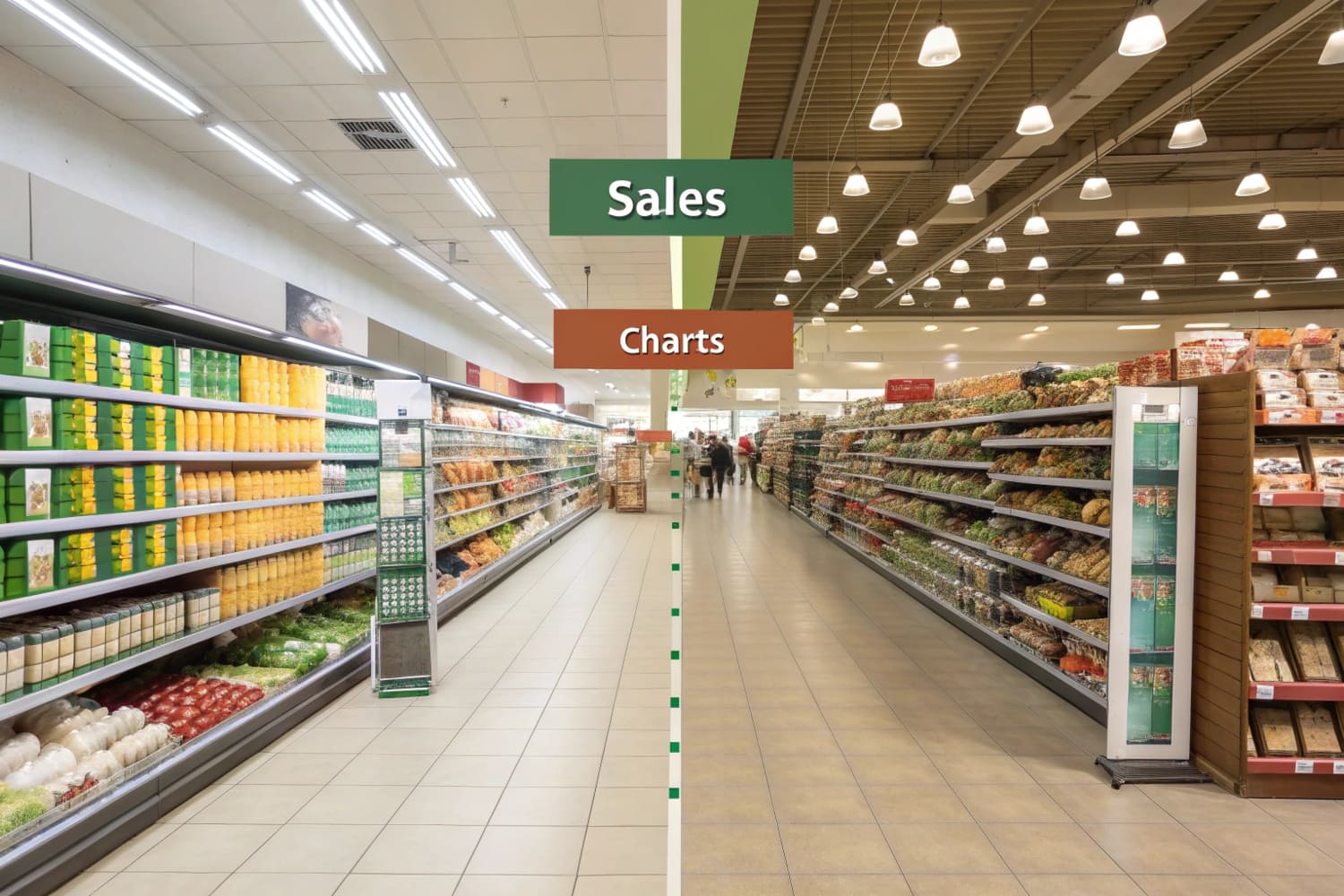Shoppers drift past the shelves, unsure what to grab. I once lost a large display order because items sat too low to catch the eye.
In-store product placement means choosing the right shelf, height, and grouping so customers see, pick up, and buy quickly. Good placement raises turnover and cuts waste.
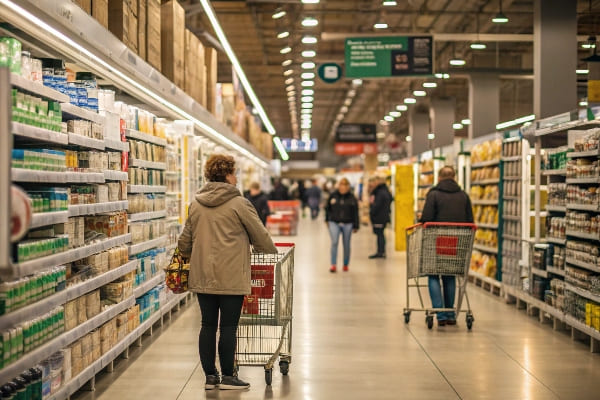
I fixed my own losses by testing layouts, measuring sales shifts, and redesigning my cardboard displays to guide the eye. Let me show you the steps that work.
What is product placement in store?
Shoppers enter with a goal, but clutter or gaps break their focus. I remind myself they notice only what sits in their line of sight.
Product placement in store is the planned position, face-out, and grouping of each item so it meets the shopper’s eye path, fits the store flow, and supports a clear purchase story.
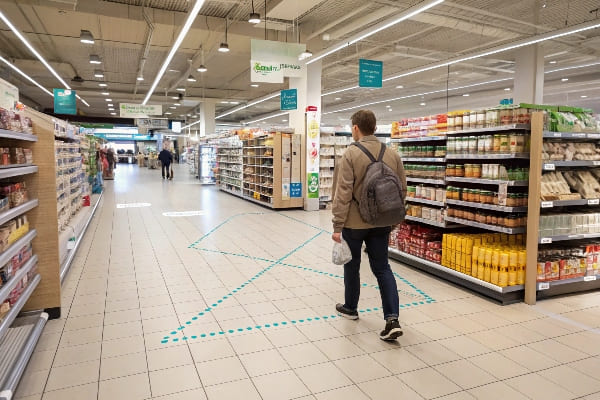
Why definition matters
I learned the hard way that “just stack it” is not a plan. Big clients send back photos when displays sag or hide behind pillars. A clear definition keeps my team on one page and lets us prove value with numbers.
Core parts of placement
Correct placement joins three parts: location in the aisle, shelf level1, and product grouping2. Location catches traffic; level sets visibility; grouping creates the sales story. Miss one and sales dip.
Table: Placement Parts at a Glance
| Part | What it means | Simple example |
|---|---|---|
| Location | Where in the store or aisle the item sits | Endcap, center aisle, checkout |
| Shelf Level | Height in relation to eye or hand reach | Eye level for best sellers |
| Grouping | Items that sit together in one view | Bow, arrow, and brochure bundle |
Personal note
When Barnett Outdoors asked for crossbow displays, I placed hero bows on eye level, bolts just below, and maintenance oil above. Sales reports later showed a 19 % lift over their old random rack. That win came from holding tight to the definition: right place, right story, right height.
How to arrange products in a retail store?
Crowds move like water. They take the widest, brightest path. If I block it with mixed items, they slow, get annoyed, and leave.
Arrange products by mapping traffic flow, setting a clear focal point, placing high-margin items at eye level, and supporting impulse buys near exits and checkouts.

Map traffic before moving stock
I walk the floor with a clicker to count turns and pauses. The hottest zones earn hero products. Cold zones need bold signage or themed bundles to draw interest.
Steps I follow
- Traffic map: Count footfalls over one week.
- Zoning: Label hot, warm, and cold spots.
- Product match: Put new or high-margin lines in hot spots.
- Flow: Keep tall units on edges, low units in the middle so lines of sight stay open.
- Impulse triggers: Small, low-price add-ons at checkout.
Table: Traffic Zones and Product Types
| Zone | Main traffic trait | Best product type |
|---|---|---|
| Hot | High dwell, high pass-by | New releases, promos |
| Warm | Moderate flow | Core range, refill items |
| Cold | Low flow | Clearance, themed bundles |
Story from my line
One October I tested Halloween displays near a cold back wall. By adding orange uplights and a cardboard archway I built, dwell time grew 42 %. The wall turned from a dead end into a selfie spot, and candy sales doubled.
What are the rules for product placement?
Rules keep me from guessing and losing stock to dust. Clients rely on clear standards to approve a roll-out.
Follow the eye-level rule for best sellers, keep heavy items at the bottom, group related goods together, and ensure price labels match every facing.
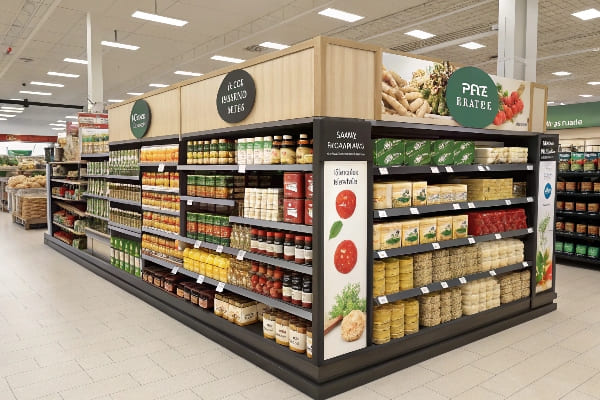
Rule 1: Eye-level sells best3
Place profitable or strategic lines between 4 ft and 5 ft from the floor. In my cardboard towers I cut window panels at this band so the hero bow peeks out first.
Rule 2: Vertical blocking
Stack each brand in a clear vertical line. This stops visual noise and helps repeat buyers find their brand fast.
Rule 3: Horizontal flow
Lead shoppers from complementary to add-on items left to right, matching natural reading order in most markets.
Table: Quick Rule Reference
| Rule | Reason | Action step |
|---|---|---|
| Eye-level first | Maximizes visibility | Keep top 2 shelves for heroes |
| Heavy low | Safety and ease | Put big cartons on bottom shelf |
| Vertical brand block4 | Fast recognition | Align all sizes of a brand in one column |
| Accurate labels5 | Builds trust | Double-check after every restock |
True lesson
A client once printed price tags for 12-pack bolts but sent 10-packs. Mismatched tags caused shopper complaints and returns. Fixing labels restored trust in days but cost two afternoons of staff time. Rules, when followed, prevent that waste.
How are products arranged in supermarkets?
Supermarkets feel endless. Without a plan, a shopper forgets the list and abandons the cart. I see it when families wander cheese aisles looking tired.
Supermarkets arrange products by department adjacency, demand frequency, visual blocks, and profit margins, steering shoppers through a deliberate “racetrack” around the perimeter before reaching essentials.
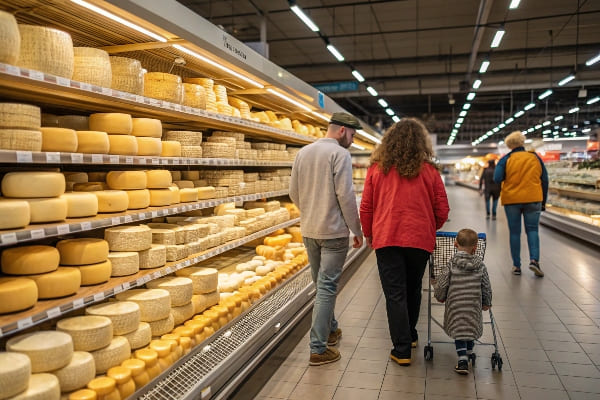
The perimeter and the core
Fresh food sits on the perimeter because shoppers trust the sight and smell of produce, meat, and bakery. Center aisles hold packaged goods that need less touch but invite browsing.
Department adjacency
Stores place products that complete a meal near each other. Pasta leads to sauce; cheese leads to wine. This legibility boosts basket size6.
Endcaps and power aisles
Supermarkets sell endcaps7 to brands like mine for short promos. A well-made cardboard display wins those slots because it sets fast and ships flat. When I land an endcap, I design bold color blocks so the aisle glows with one story.
Table: Supermarket Layout Tactics
| Area | Main goal | Typical products |
|---|---|---|
| Perimeter | Freshness, daily trust | Produce, bakery, dairy |
| Power aisle | High exposure | Seasonal, high-margin, new launches |
| Center aisles | Routine pantry fill | Canned goods, dry snacks |
| Checkout zone | Impulse and recall buys | Gum, batteries, magazines |
Personal field test
For a Canadian chain I placed hunting-themed snack packs on a perimeter meat section endcap. Sales jumped 35 % in one week because the snacks solved the “grab and go” need after picking up grilling meat. Proper supermarket arrangement8 turns casual interest into a complete basket.
Conclusion
Right place, right height, and clear grouping turn displays into silent sales staff and keep customers moving happily from entrance to checkout.
Learn how shelf level impacts visibility and sales, crucial for effective merchandising. ↩
Discover how effective product grouping can create compelling sales stories and improve customer experience. ↩
Understanding eye-level placement can significantly enhance product visibility and sales, making it a crucial strategy for retailers. ↩
Exploring vertical brand blocking can help retailers streamline product visibility and enhance customer experience, leading to increased sales. ↩
Accurate labeling builds customer trust and reduces returns, making it essential for maintaining a positive shopping experience. ↩
Learning about strategies to increase basket size can enhance your retail approach and improve profitability. ↩
Exploring the impact of endcaps can reveal effective marketing strategies to boost product visibility and sales. ↩
Understanding supermarket arrangement can help you optimize shopping experiences and increase sales. ↩

